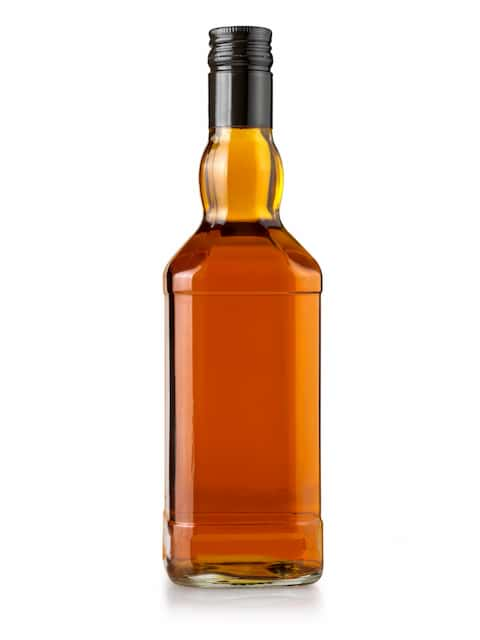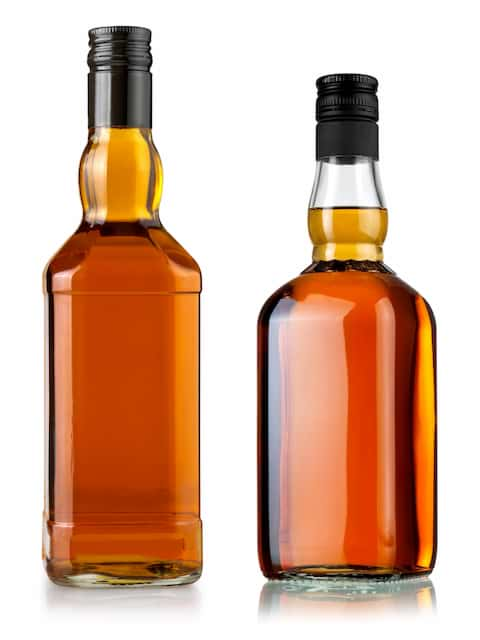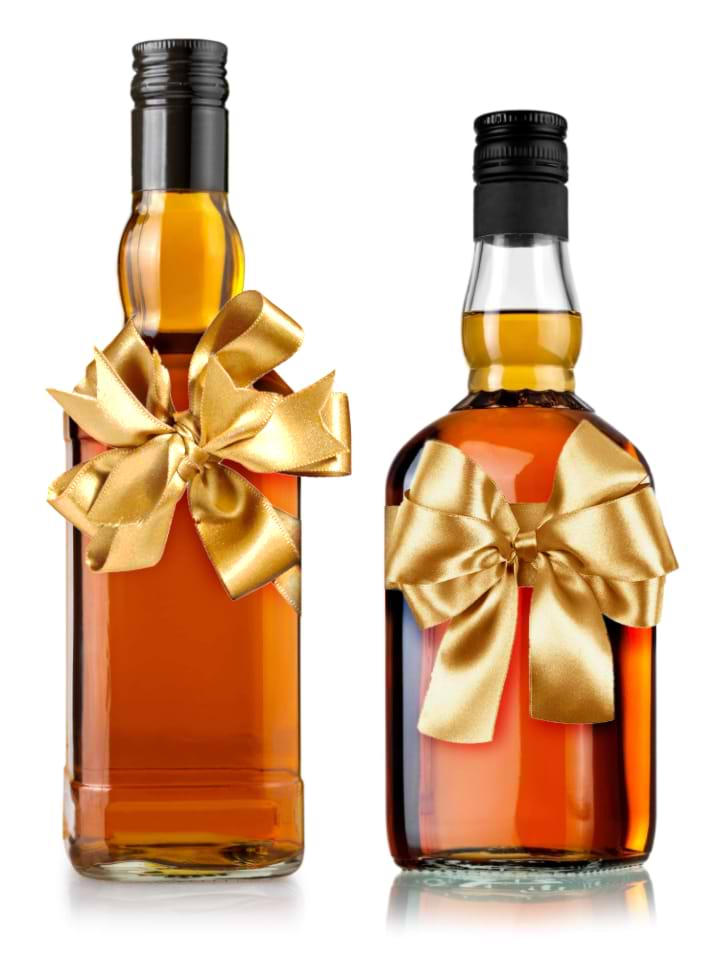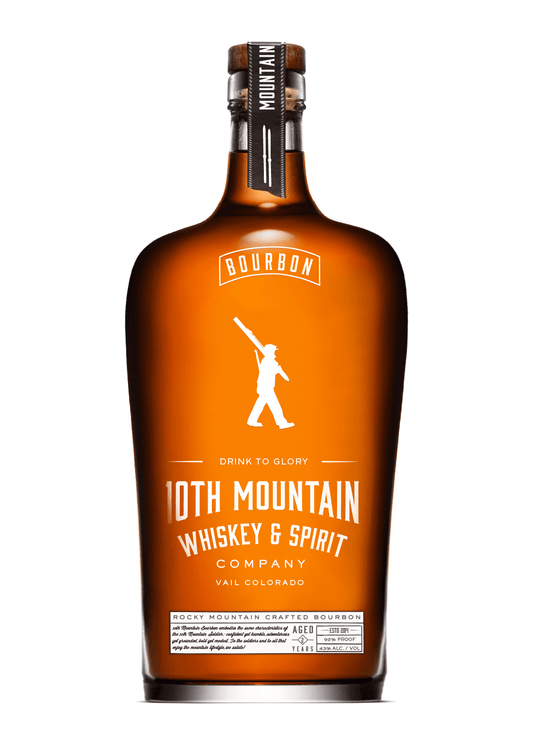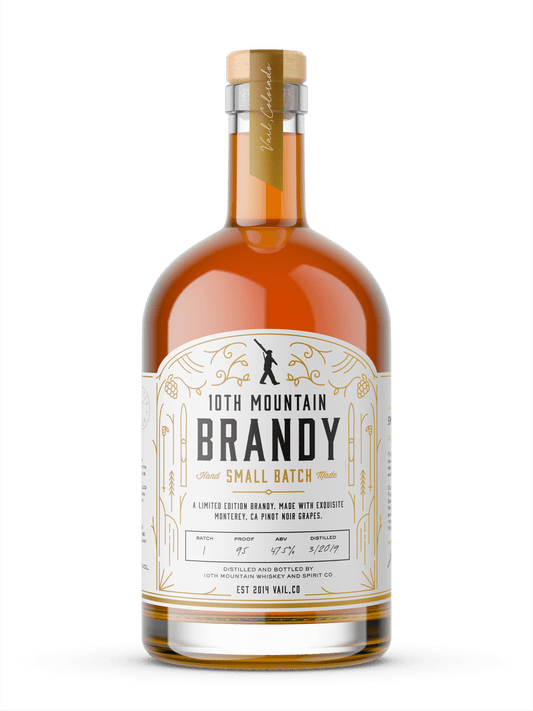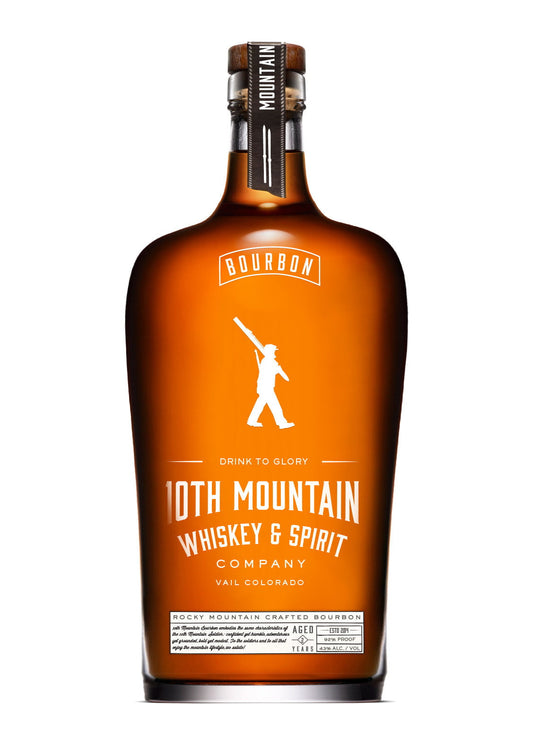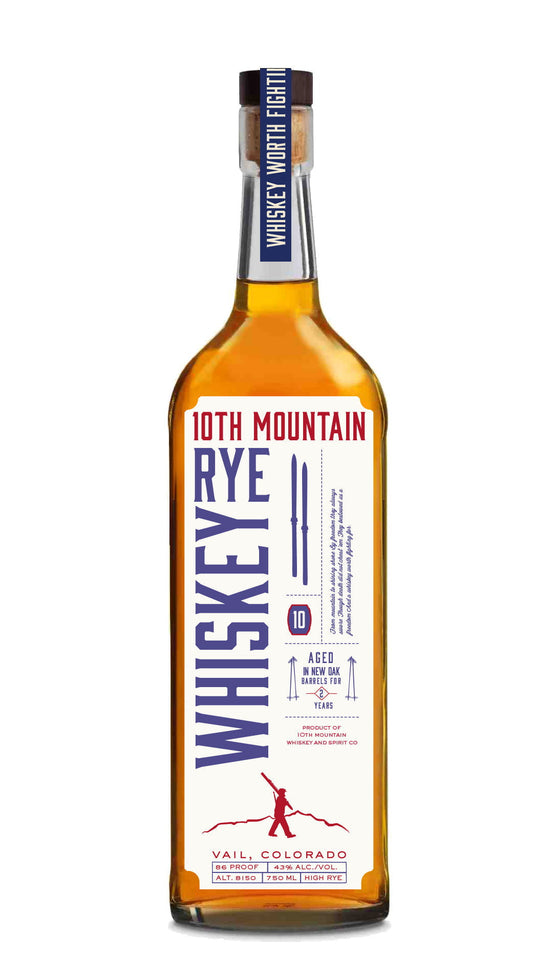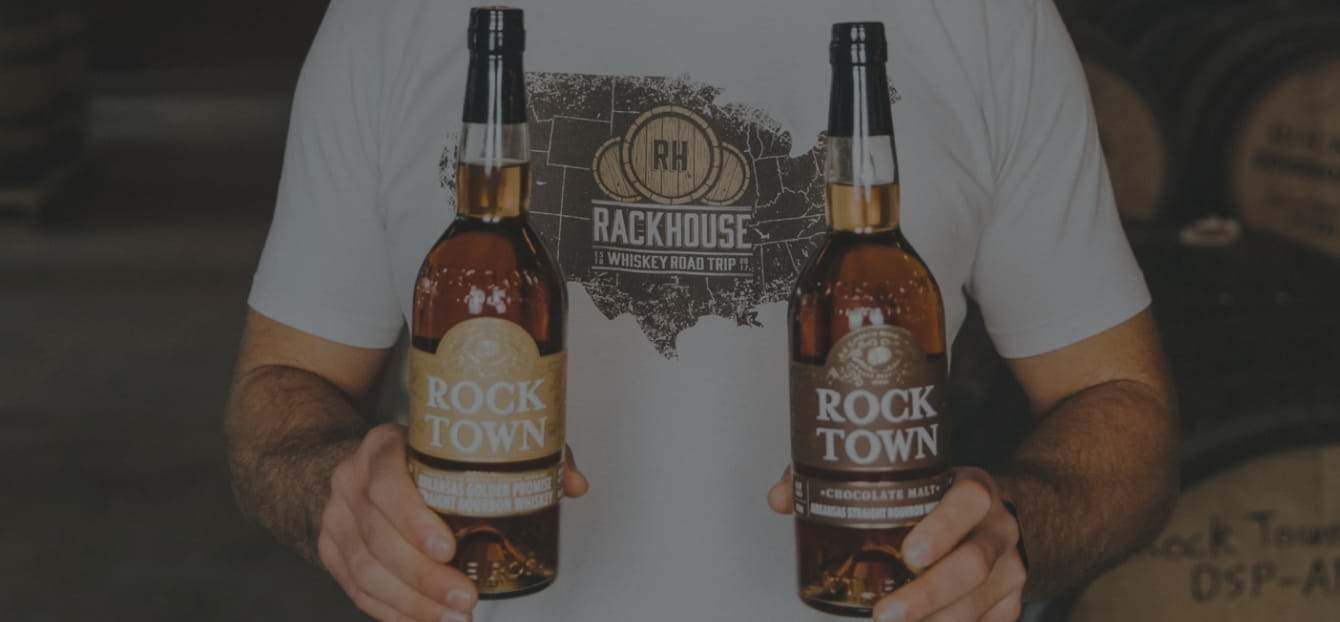

Whiskey enthusiasts who get the chance to taste-test with a master distiller may notice that at some point he’ll add some water to the glass. Doing so is said to open up the flavors and aroma of the drink. Even the word “whiskey” stems from the Gaelic word “uisge,” meaning “water.” But why is the water so important? Scientists say water improves the taste because alcohol molecules and those that determine the whiskey’s flavor stick together. So if wine pairs well with cheese, then whiskey pairs well with water. And the reason starts with how whiskey is made.
How whiskey is made: three ingredients are needed
Just three ingredients are needed to make whiskey: water, barley (or other types of grain) and yeast. The kind of grain used varies with the different types of whiskey being made, but all whiskeys need a small amount of malted barley to begin the fermentation process. The water you use for whiskey is often considered the most important factor in making a good whiskey. Clean, clear and free of bad-tasting impurities like iron are the driving factors in selecting water for whiskey. Kentucky, as well as Maryland, Pennsylvania and Indiana, is an area rich with limestone so water there contains carbonates, which can alter the flavor. Scottish water, known for making fine whiskey, is famous for mysterious reasons. Because of the importance of water in how whiskey is made, a large number of distilleries are located next to a river or lake.
The whiskey manufacturing process: five steps
Beyond ingredients, the manufacturing process for whiskey typically involves just five steps:
Malting the grain. All grains, with the exception of barley are ground into meal in a gristmill. The meal is mixed with water and cooked to break down the cellulose walls that contain starch granules. The first step of malting barley is to soak it in water until it’s saturated. It gets spread out and sprinkled with water for about three weeks until it begins to sprout. Germination produces an enzyme named amylase, which is responsible for converting the barley into sugars. The next step involves drying the barley with hot air from a kiln. The fuel used to make Scotch whisky includes peat (carbon-rich substance made when plant matter decomposes in water), which gives it the characteristic smoky flavor. Malted barley is then ground like other grains.
Mashing. Mashing is when you mix cooked grain with malted barley and warm water. The amylase converts the starch into sugars. After several hours of mashing you get a thick, sugar-rich liquid known as mash.
Fermenting. Once the mash has cooled, it’s transferred into large tanks (or fermentation vessels) to begin the fermenting process. These can be closed (Scotland) or open (United States). Yeast is added and turns the sugars present into alcohol. Fermentation usually takes about 48 hours, however, some distilleries will let it go longer in order to create differing taste characteristics. The remaining liquid contains between 5-10 percent ABV and could be made into beer. With beer, the next step would be to brew the liquid, while whiskey is distilled.
Distilling. Scotch whisky is distilled in traditional copper pot stills. Modern distilleries often use a continuous still. There’s a tall cylindrical column with perforated plates. Steam enters the still from the bottom and the distiller’s beer enters from the top. The beer is distilled by slowly dripping through the plates, and alcohol is condensed back into a liquid. The initial distilling produces “low wine,” which is unusable in its current state. It gets distilled a second (or more, depending on the type) time to produce “high wine” or new whiskey which is 70 percent alcohol. The temperature at which the liquid is distilled determines the proportions of water, alcohol and congeners. A product with 95 percent alcohol will have no flavor because it has no congeners. Too many congeners will also taste bad. Before whiskey is finalized, distillers will remove bad-tasting congeners by either boiling them off or if they’re light and floating on the surface of the liquid they can be poured off. The high wine in Tennessee whiskey is filtered through charcoal that has been produced from burning wood from sugar maples before it is aged. The filtration removes unwanted congeners and the result is a very smooth whiskey.
Aging. Once again, water is a key ingredient in the rest of the manufacturing process. After the high wine is distilled, water is added to reduce the alcohol content down to either 50-60 percent for American whiskeys or 65 percent or higher for Scotch whiskies. American whiskeys are aged in warmer, drier conditions so they lose water and increase alcohol content. Scotch whiskies are aged in cool, wet conditions so they absorb water and become less alcoholic. Whiskey is then aged in wooden barrels, typically made from charred white oak. White oak is the preferred wood because it can hold a liquid without leaking and it also allows the water to move back and forth within the pores of the wood, adding flavor to the whiskey. Maturation for whiskey takes at least two to four years but many whiskeys are aged for 10 or 15 years. During each year of maturation, about 2 percent of the spirit is lost as a result of natural evaporation. This is called the “angel’s share” and explains why older whiskeys are less common and much more expensive to buy: there’s less whiskey in the cask to bottle. Glass bottles are always used for whiskey because the liquid does not react to the glass or change its flavor.
Three factors of the aging process that change the flavor
Although aging whiskey is complex, there are at least three factors that change the flavor. Enter: water. Before whiskey is bottled, water is added to dilute it to about 40 percent alcohol by volume. The mixture of water, alcohol and congeners react with each other over time. These ingredients then react with oxygen in the outside air through oxidation. The final factor is that water absorbs substances from the wood as it moves within it. And even though whiskeys are already diluted below 45 percent ethanol (alcohol), adding a few drops of water to your glass to dilute it even more can help the overall flavor by encouraging the other chemicals to evaporate, enhance the aromas and produce a whiff of flavor each time you take a drink.
As with everything in life, too much of a good thing can be detrimental. But when it comes to whiskey, water is the main character.
Rackhouse Whiskey Club scours the U.S. looking for the best distilleries with the most interesting stories to curate a unique subscription box filled with full-sized bottles of hard-to-find small batch whiskey. We’re building a community of premium craft whiskey drinkers. And you’re invited! Join us!


